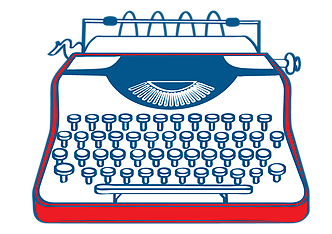Nellie’s All-Natural products work wonders on your laundry, but did you know they’re ideal for using on tough stains from beauty products? Whether it’s lipstick, foundation, or mascara you can use Nellie's products to get your clothes, linens, and household surfaces looking like new!
Maybe it’s foundation on your white collar, lipstick on your sleeve, or self-tanner on your bed sheets, we've all been there - trying to deal with a very noticeable tough stain that’s difficult to get out! Thankfully, you don’t have to use chemical-based detergents. The power of nature is strong enough to get even the toughest stains out.

Oxygen Brightener
Your sheets can fall victim to a lot of tough stains like blood or self-tanner. A warm, healthy glow on the skin is a classic summer look, but it can be difficult to get an even tan when you’re chasing the kiddos around the yard. Self-tanning products solve that issue, but then there are stains on your sheets and clothes! The Oxygen Brightener works like magic on these tough to remove stains like blood, grass, and self-tanning products. Separate your whites from your colours and add 3 tablespoons of Oxygen Brightener to your load. Wash with the Laundry Soda and watch your linens come out of the washing machine as good as new!
You can also pre-soak your stained linens before the wash by using one tablespoon along with Nellie’s All-Natural Laundry Soda in 10 litres or 2.6 gallons of warm or hot water. Soak for 30 minutes, rinse thoroughly, and wash with the Laundry Soda.
WOW Stick
The WOW Stick is oil-based, so it’s idea for oil-based makeup products like lipsticks, mascara, concealer, eye shadows, and many liquid and stick foundations. Simply wet the stain, rub the WOW Stick onto the stained area, and then agitate the stain under water. Then launder using Nellie’s All-Natural Laundry Soda. Can’t wash the stained item? No problem! Use the WOW Stick as a spot-treatment for things like your mattress or shoes.
There's More!
Did you get stains on another home surface? Use the Oxygen Brightener on upholstery, fabric, kitchen floors, counters, trash cans, and many more washable surfaces with a solution of 1 tablespoon of Oxygen Brightener per 16oz or 500ml of water.
Carpet stains? Don't worry. You don't have to rent a carpet cleaner or use nasty chemicals! For a naturally-effective spot remover, create a solution using 1 tablespoon per 16oz or 500ml of water. Soak up excess liquid before applying the solution to the stain. Use only enough to cover the stained area, wait 1-5 minutes, and soak up with a white towel. Repeat if necessary. Rinse thoroughly and blot dry. Vacuum when dry.

 ($USD)
($USD)
 ($CAD)
($CAD)



